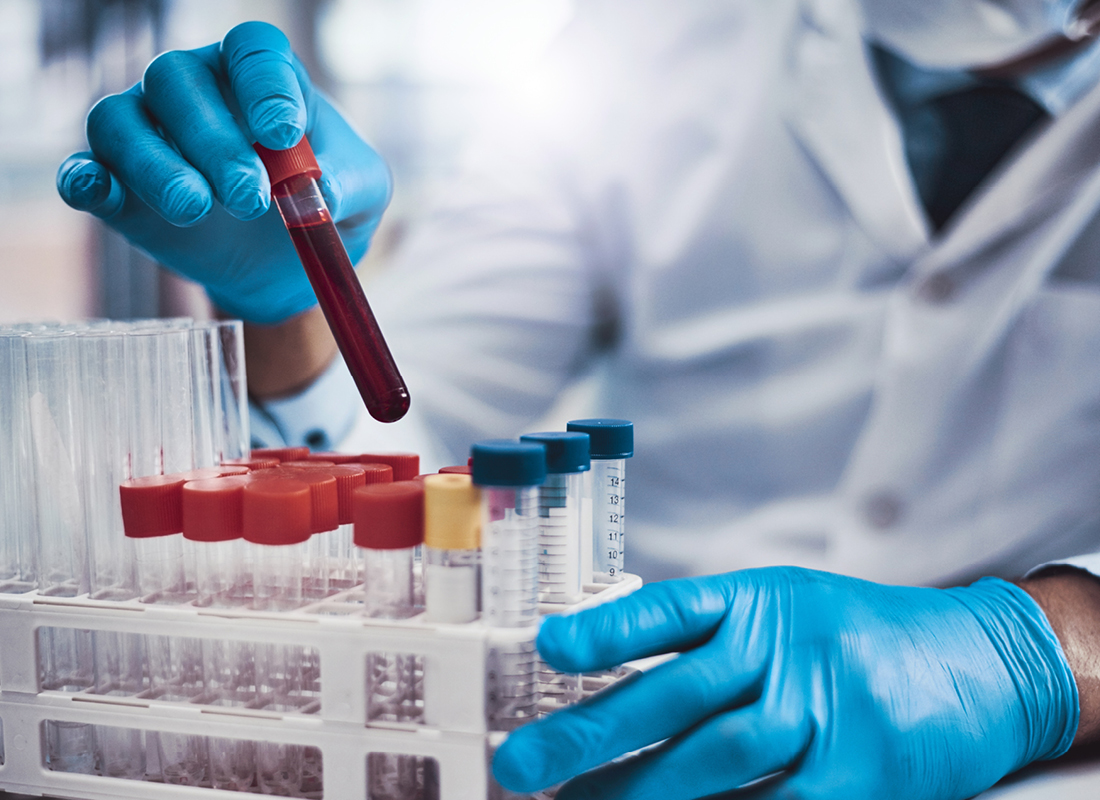HIV Testing Remains Low in Young Adults
From - Diagnostic Testing & Emerging Technologies The United States is falling behind national goals to identify patients unaware of their positive HIV status and link them to care… . . . read more

The United States is falling behind national goals to identify patients unaware of their positive HIV status and link them to care. New analysis from the U.S. Centers for Disease Control and Prevention (CDC) shows that testing among sexually active teens and young adults remains low and the CDC suggests a multipronged strategy to increase testing.
The June 23 report in MMWR includes analysis of CDC-funded program data for youths submitted by 61 health departments (state and local) and 123 community-based organizations providing HIV testing and related services in 2015.
“Increasing the number of youths at risk for HIV infection who are tested for HIV on a regular basis and ensuring that youths who receive positive test results for HIV are rapidly linked to and retained in appropriate medical care, including early initiation of antiretroviral therapy, are essential steps for reducing HIV infection in this vulnerable population,” writes Renee Stein, Ph.D., from the CDC’s Division of HIV/AIDS Prevention in Morbidity and Mortality Weekly Report (MMWR). “Including HIV testing as part of routine medical care for youths is key to increasing early diagnosis, and a health care provider’s testing recommendation is the most important predictor of testing among adolescents at risk for HIV infection.”
In 2015 more than 3 million CDC-funded tests were run with 28 percent provided to youths — primarily those aged 20–24 years (74 percent), female (55 percent), and black (50 percent). More than three-quarter of tests were provided in health care facilities and in medium and high prevalence areas (97 percent). Tests in health care facilities were less likely to yield new diagnoses than tests performed in non-health care facilities.
An average of 22 percent of high school students who had sexual intercourse and 33 percent of young adults (persons aged 18 to 24 years) reported ever receiving an HIV test. Among the nearly 4,900 HIV infections identified among youths, 39 percent had been previously diagnosed, but 92 percent of these youths with previously diagnosed infection were not in HIV medical care at the time of testing. Young men who have sex with men accounted for 83 percent of new diagnoses among all youths in non–health care facilities and received 28 percent of HIV tests in those settings.
Increasing HIV testing and regular retesting among youths at risk for HIV is of “high importance.” The CDC suggests this could be accomplished through a combined strategy of routine HIV testing among youths, especially young men, in health care settings, and targeted testing in settings where youths at risk for HIV infection congregate. Additionally, the CDC calls for measures to encourage health care providers to include HIV testing as a routine part of health care for youth and suggests schools can also play an important role in facilitating access to HIV testing.
Subscribe to Clinical Diagnostics Insider to view
Start a Free Trial for immediate access to this article